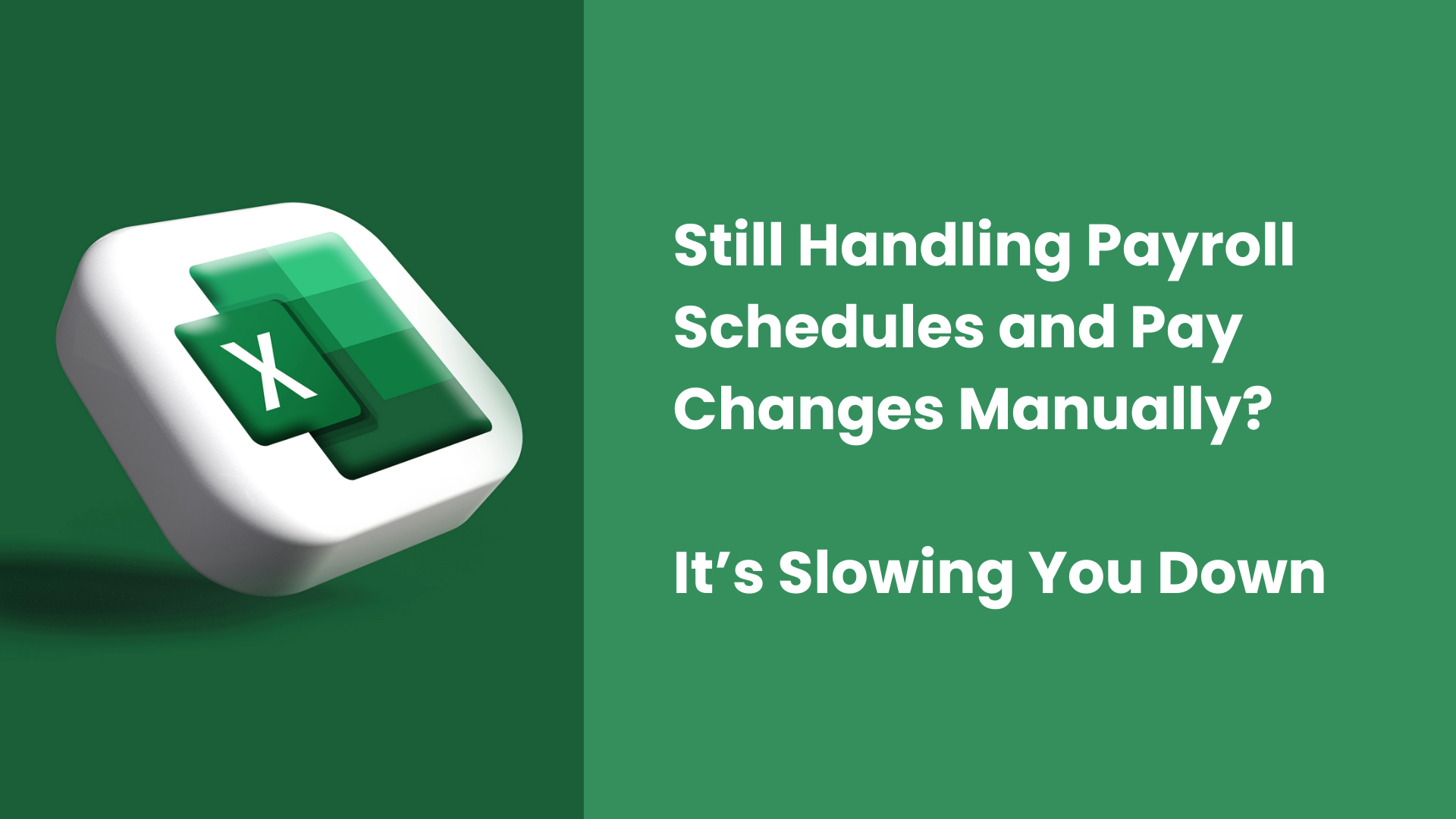In the dynamic landscape of business operations, efficient resource allocation is crucial for maintaining productivity and staying competitive. For payroll companies, harnessing the power of payroll change data can be a game-changer in optimising resource allocation strategies. In this blog post, we delve into how leveraging payroll change data can revolutionise the way companies allocate their resources.
Understanding Payroll Change Data
Payroll change data encompasses a wide range of information related to employee compensation, benefits, and other pertinent details. This data includes employee promotions, salary adjustments, changes in working hours, new hires, terminations, and much more. While many companies collect this data for payroll processing purposes, its potential for driving strategic decision-making often remains untapped.
Enhanced Visibility and Insights
By analysing payroll change data, companies can gain valuable insights into their workforce dynamics. Understanding patterns and trends in employee movements allows businesses to anticipate staffing needs more effectively. For instance, identifying seasonal fluctuations in hiring or attrition rates enables proactive resource planning to ensure optimal staffing levels at all times.
Moreover, payroll change data can provide insights into workforce demographics, skills, and performance. Armed with this information, companies can align resource allocation strategies with organisational goals and objectives. For example, identifying departments experiencing high turnover rates may prompt investments in training and development programmes to retain top talent.
Optimising Staffing Levels
One of the most significant advantages of leveraging payroll change data is its ability to optimise staffing levels. By analysing historical data on employee movements, companies can forecast future staffing requirements more accurately. This proactive approach minimises the risk of under or overstaffing, ensuring that resources are allocated efficiently to meet operational demands.
For instance, identifying departments or shifts with consistently high turnover rates can signal a need for recruitment efforts or employee retention initiatives. Conversely, departments experiencing low turnover may benefit from resource reallocation to support growth initiatives or improve service delivery.
Empowering Strategic Decision-Making
In today’s fast-paced business environment, agility is paramount to success. By harnessing the power of payroll change data, companies can make data-driven decisions with confidence. Whether it’s reallocating resources to support new projects, adjusting staffing levels to accommodate fluctuating demand, or optimising workforce deployment to enhance productivity, access to timely and accurate data is indispensable.
Moreover, payroll change data enables companies to evaluate the effectiveness of their human resource strategies continually. By tracking the impact of policy changes, training initiatives, or incentive programmes on employee retention and performance, companies can refine their approach to resource allocation and talent management over time.
Conclusion
In conclusion, payroll change data is a valuable asset for payroll companies seeking to optimise resource allocation and drive strategic decision-making. By leveraging this data effectively, businesses can enhance visibility into workforce dynamics, optimise staffing levels, and empower strategic decision-making. Ultimately, embracing a data-driven approach to resource allocation enables companies to adapt quickly to changing market conditions, maximise productivity, and maintain a competitive edge in today’s dynamic business landscape.


